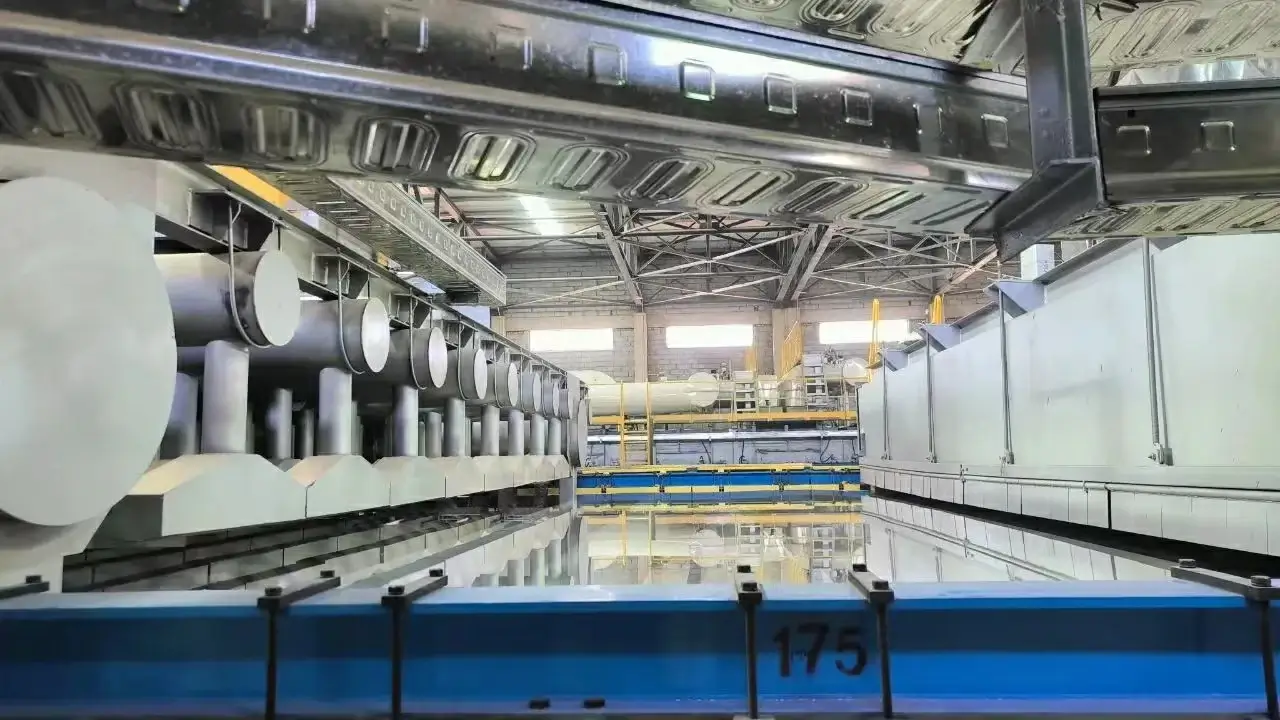

The Advantages and Applications of Sealed Insulating Glass
Sealed insulating glass, commonly known as double or triple glazing, plays a vital role in modern architecture and energy efficiency. It consists of two or more glass panes separated by a layer of air or inert gas, such as argon or krypton, which acts as an insulating barrier. This engineering marvel offers several significant benefits that have made it a preferred choice for both residential and commercial buildings.
One of the primary advantages of sealed insulating glass is its remarkable thermal performance. By minimizing heat transfer between the interior and exterior, it helps maintain a stable indoor temperature, enhancing comfort while reducing the need for heating and cooling systems. This improved energy efficiency can lead to substantial savings on energy bills, making sealed insulating glass an economically viable option for homeowners and businesses alike.
In addition to thermal insulation, this type of glass also enhances sound insulation. The air or gas-filled space between the panes effectively dampens outdoor noise, creating a more peaceful indoor environment. This feature is particularly beneficial for buildings located in bustling urban areas or near busy roads, where noise pollution can be a significant concern.

Another key benefit of sealed insulating glass is its ability to reduce condensation. The insulating layer helps keep the interior surface of the glass warmer, which decreases the likelihood of moisture buildup. This is especially important in climates with high humidity levels, as condensation can lead to mold growth and damage to building materials.
Sealed insulating glass is also an environmentally friendly option. By improving a building's energy efficiency, it contributes to lower greenhouse gas emissions. Additionally, many manufacturers are adopting sustainable practices in the production of glazing materials, reducing the overall environmental footprint.
The applications of sealed insulating glass are vast. It is commonly used in windows, facades, and skylights, as well as in commercial structures like office buildings, hospitals, and schools. With advancements in technology, this glass can also now offer features like low-emissivity coatings that reflect infrared light while allowing visible light to pass through, further improving energy efficiency.
In conclusion, sealed insulating glass is an essential innovation in contemporary construction, providing significant benefits in thermal and sound insulation, condensation control, and environmental sustainability. As awareness of energy efficiency continues to grow, the demand for this versatile and effective glazing solution is likely to increase, paving the way for even more advancements in building design and construction practices.